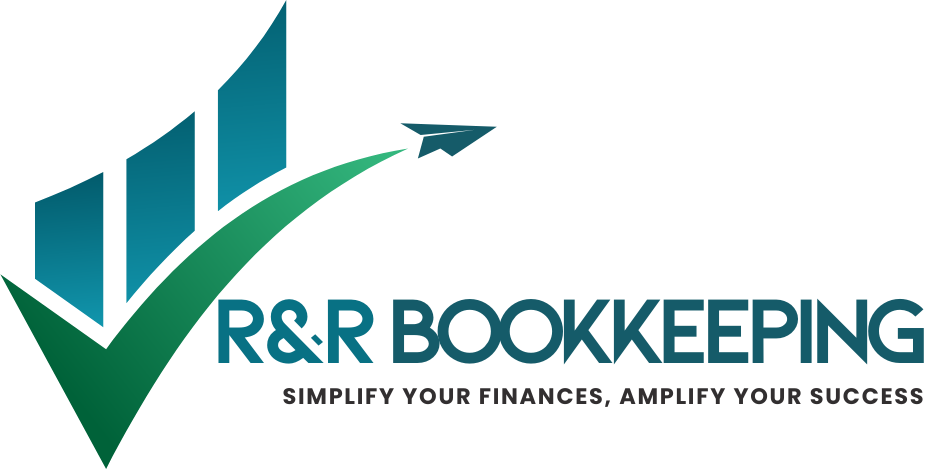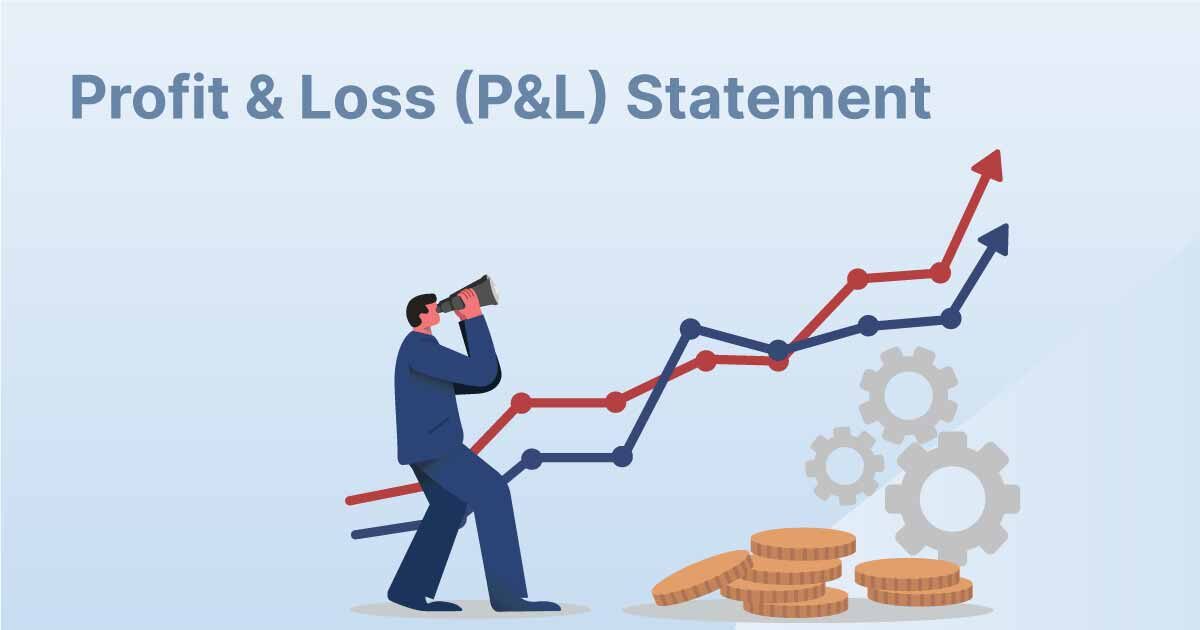A profit and loss report (P&L) is one of the most valuable tools for understanding a company’s financial health. Also called a loss and profit statement, it summarises revenues, expenses, and the net profit or loss over a certain time period. Every business, regardless of size, needs a clear understanding of its profits and loss to ensure growth and stability.
In this blog, we will explain the p and l meaning, why a profit of loss report matters, share an example of a P&L statement, and show how professional bookkeeping services—like those at R&R Bookkeeping—make the process accurate and stress-free.
What Is a Profit and Loss Report?
A profit and loss report records all the income (sales, services, or other revenues) and expenses (rent, payroll, utilities, and more) during a specific period. It shows whether your business is operating at a profit or in a profit to loss situation.
For instance, if a company earns $100,000 in sales but has $70,000 in expenses, the net profit is $30,000. However, if expenses exceed revenue, the report will highlight a loss, alerting the owner to take immediate action.
The p and l examples provided by accountants or bookkeepers often include both operating and non-operating costs to give you a complete financial picture.
Why Is a P&L Report Important?
A loss profit statement is more than a formality—it is a decision-making tool. Business owners use it to analyse performance, understand where money is being spent, and determine strategies for improvement.
Moreover, tax authorities, banks, and investors often request a profit and loss example before approving loans or investments. By maintaining accurate records, you can ensure compliance and avoid financial surprises.
To get the most out of your profit of loss report, it is essential to review it alongside other reports like your cash flow statement. This provides a complete view of both your profitability and liquidity.
Key Components of a Loss and Profit Statement
A typical loss profit statement includes:
- Revenue: All income from sales or services.
- Cost of Goods Sold (COGS): Direct costs related to products or services.
- Gross Profit: Revenue minus COGS.
- Operating Expenses: Rent, salaries, utilities, and marketing.
- Operating Profit: Gross profit minus operating expenses.
- Net Profit (or Loss): The final balance, after considering all expenses.
Understanding these categories and studying p and l examples helps identify profitable areas and cost-draining activities.
Profit and Loss Example
Here is a simple profit and loss example for a small business:
Revenue:
- Product Sales: $40,000
- Service Fees: $10,000
- Total Revenue: $50,000
Expenses:
- Rent: $5,000
- Payroll: $15,000
- Marketing: $3,000
- Utilities: $1,000
- Total Expenses: $24,000
Net Profit: $26,000
This example of a P&L statement shows that the business is in profit because income exceeds expenses.
Benefits of Tracking Profits and Loss
Regularly reviewing your profits and loss report offers:
- Better Financial Insights: You can see exactly where your money is going.
- Improved Tax Preparation: With accurate loss profit statements, tax filing becomes hassle-free.
- Informed Decision-Making: Knowing your p and l meaning helps in planning budgets, pricing, and investments.
Having reliable payroll services is also crucial. Payroll errors can misstate expenses and distort the actual profit of loss numbers.
P&L vs. Other Financial Reports
While a loss and profit statement measures profitability, it doesn’t track your actual cash flow. For this, you need to look at:
- Cash Flow Statement – Shows how cash enters and leaves your business.
- Balance Sheet – Displays assets, liabilities, and owner equity.
Combining these with your profit and loss example gives you a comprehensive financial overview.
How to Prepare a P&L Statement
Creating a loss profit statement involves:
- Recording All Income: Include every sale, fee, or other revenue.
- Documenting All Expenses: Rent, utilities, and operating costs.
- Calculating Gross Profit: Subtract COGS from revenue.
- Subtracting Operating Costs: Deduct all expenses to find net profit.
- Reviewing Past P&L Statements: Compare with older p and l examples to monitor growth.
If this sounds time-consuming, R&R Bookkeeping’s expert services can save you hours and ensure accuracy.
Common Mistakes in Profit and Loss Reports
Business owners often make these errors:
- Mixing personal and business expenses.
- Ignoring small costs that add up over time.
- Failing to reconcile financial data with bank statements.
- Misunderstanding p and l meaning, which leads to poor decision-making.
These issues can be avoided by working with professionals because every business needs bookkeeprs to stay financially organised.
Why R&R Bookkeeping?
At R&R Bookkeeping, we specialise in creating accurate profit and loss reports, helping business owners like you understand their true financial position. We also offer:
- Comprehensive P&L reporting
- Payroll services for smooth salary management
- Cash flow analysis and reports
- Tax preparation and planning
We ensure your loss profit statement is not just a document, but a tool for growth.
Final Thoughts
A profit of loss report is essential for managing a business effectively. By studying p and l examples, reviewing profit and loss examples, and seeking expert help, you can take control of your finances and plan for future success.
Whether you need help preparing an example of a P&L statement or want ongoing bookkeeping support, R&R Bookkeeping is here to assist. We believe that every business needs bookkeeprs to achieve accuracy, compliance, and financial growth.



